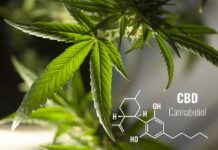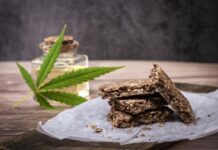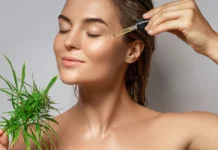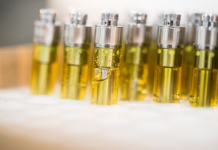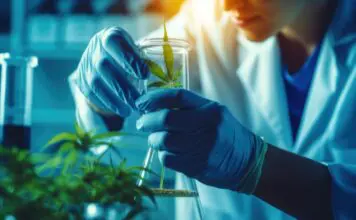Herbal medicine has been used for centuries to heal the body, mind and soul. Today it is making a comeback in popularity as more people look for natural alternatives to conventional pharmaceuticals.
Fortunately, herbal remedies are not difficult to find; they can be found at most health food stores or ordered online. Some of these remedies are tinctures and extracts that come from herbs and plants like lavender, eucalyptus, peppermint oil, ginger root extract, hemp — just about any herb or plant you can imagine!
Tinctures and extracts are very different substances with their own benefits. This article will explore the differences between them so that readers can better understand which one might work best for them: tincture vs. extractions. Then, after you’re done reading, you’ll not only know the difference between CBD tinctures and lavender extracts, but you’ll be able to decide which is most appropriate for you. Once you better understand these differences and benefits, you can browse high-quality options that best suit your needs from sites like The Green Claw.
A Brief History of Herbal Medicine

Tinctures and extracts have been used in herbal medicine since ancient times. According to herbalist David Winston, tinctures have been used since the Egyptians discovered their healing properties. No doubt it coincided with the discovery of alcohol, a key ingredient.
Today, herbal medicine is still a prevalent alternative treatment for many ailments because it addresses the body on a systemic level rather than a symptomatic level, as modern medicine does. This is why herbalists and other alternative and Eastern medicine practitioners have used tinctures and extracts for centuries to help treat many physical conditions like respiratory problems, digestive issues, skin disorders, circulatory issues and many others.
Tinctures
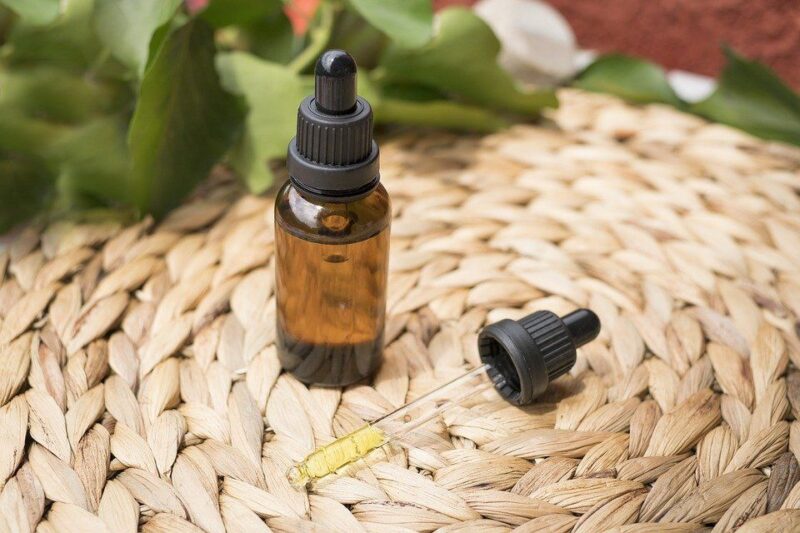
A tincture is a liquid created from extracting herbs with alcohol. They are used for medical purposes in many countries around the world. The alcohol that is used often comes from wine, liquor or other distilled beverages. These tinctures are generally used to treat conditions including the common cold, flu symptoms and various types of pain.
Tinctures are in fact made with alcohol. People usually need less to see results when using a tincture because the tincture’s alcohol retains the plant’s essence. This makes it easier for your body to absorb the herb and its benefits.
Since tinctures are made of a liquid, the herbs used must first be soaked in them. The more herbs used in making a tincture, the more alcohol you will need to cover them, though this has the potential for a more potent end product. The alcohol acts as a solvent and breaks down the chemical constituents found in the plants.
Tinctures are generally taken by mouth. In some cases, to take a tincture, you should pour it onto a teaspoon and swallow it. But it is more common for them to come with a dropper. Since tinctures are potent, often not much is needed. Occasionally, only a few drops might be needed,as with various CBD products such as CBD oil tinctures.
Many plant parts are used to make tinctures, including bark, berries, leaves, flowers, roots and stems. Each herb and plant has its own benefits. In addition, a tincture can have secondary effects, such as boosting your immune system or aiding digestion.
When you want to take it orally, a tincture is absorbed quickly and efficiently by your body if placed under the tongue. This is called sublingual dosing. The soft tissue under your tongue allows the active ingredients of the tincture to get to work fast.
Extracts

Extracts differ from tinctures because they use a non-alcohol liquid solvent to extract the active ingredients from herbs. These liquids can vary, but they commonly include glycerin, vinegar or water. Because extracts need more plant matter to achieve the same effect as tinctures, they also tend to be more expensive and often require a more extended steeping period to get the best outcome.
Some advantages of using an extract over a tincture are that extracts have a longer shelf life. In addition, alcohol makes tinctures taste stronger, whereas extracts are diluted with a less harsh liquid solvent. This makes them more palatable than tinctures and more appropriate for children as well.
Non-Medicinal Uses of Tinctures and Extracts
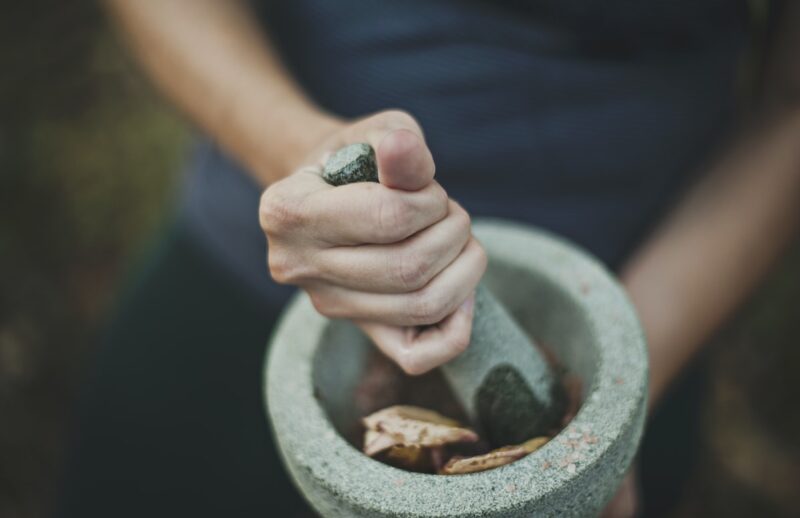
Tinctures and extracts can also be used for non-medicinal purposes. For example, many people use extracts to make perfumes and scents. Tinctures and extracts are also used for culinary purposes like in cooking or seasoning a dish. Furthermore, tinctures and extracts can be used as an additive to beverages such as cocktails or flavored water, which is why you often see them sold at grocery stores.
Conclusion
The primary purpose of tinctures and extracts is to create a more potent form of the herb so that those taking them can get the benefits in a simple, effective and practical way.
In doing so, it’s essential to be mindful of any side effects or interactions between different tinctures and extracts. For example, if you use a tincture for anxiety relief, ensure that the extract or supplement is not sleep-inducing. If you end up using too much of it, it could cause an adverse reaction that day, such as grogginess. This has been known to happen with valerian root tinctures, as an example.
With prolonged use, there may be some side effects from the tincture as well. Be mindful of how long each has been used before trying another, and always be aware of any changes in your body.
Herbs are an excellent resource for many different reasons. They increase the body’s immune system, boost metabolism and energy, help with sleep and focus, decrease anxiety, promote relaxation and wellness in general. Tinctures and extracts are a great way of unlocking those benefits! Now that you fully understand the differences and benefits, you can find the best products for your own unique needs.



